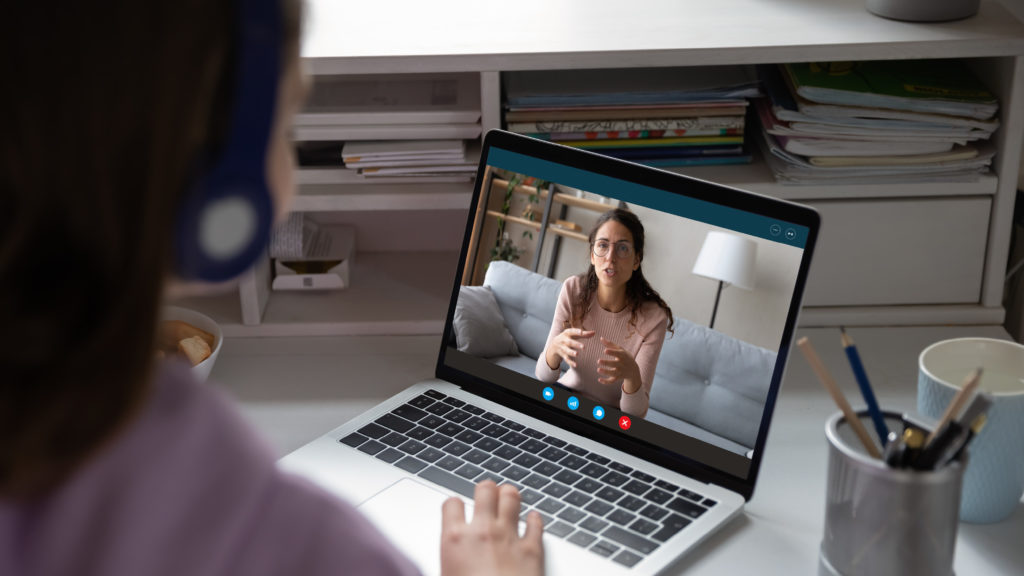Last week, Fairfax County in Virginia delayed the launch of remote learning due to technical challenges. Earlier in the month, Los Angeles Unified School District reported that about one third of their over 600,000 students were not logging into their online learning platforms regularly, and that about 15,000 had been completely absent since online learning began. Stories like these underscore the challenges of launching remote learning—especially if the aim is to preserve interactions and relationships and ensure every student is connected.
But across the country some public schools have embraced a relatively low-tech solution: Ask teachers to establish contact with every student, every day, or at least every week. Starting with “How are you?”, check-ins could help schools establish lines of communication, instill a sense of normalcy, and understand students’ needs. With the reality that remote learning will last until at least the fall in most states, some districts and networks are building check-ins into weekly or even daily routines:
- At one middle school in Seattle Public Schools, teachers are asked to make weekly calls to students they advise to ensure that families have access to basic needs, are aware of available community resources, and that they understand how to access assignments and connect with teachers. Class teachers are available to all of their students via Schoology and email, but these one-on-one check-ins are focused on supporting families and connecting with parents.
- At Success Academy, advisors for middle and high school are asked to check-in one-on-one with their students daily, in addition to the synchronous learning in all subject areas. For younger students, who are not receiving synchronous instruction, teachers are asked to call them twice per day for brief check-ins to monitor progress.
- At DSST charter network in Colorado, teachers will try to maintain classroom culture by taking the advisory period online four days per week, where students will be able to connect with their teachers and classmates. In addition, the network aims to have students check in with their advisors one-on-one once per week.
Furthermore, thanks in part to teacher outreach, Los Angeles Unified has now made improvements on participation, and in Fairfax County, teachers are picking up the phone to make sure their students know what to do while their online system is down.
Despite the potential value of this practice, as of April 22nd only 59 percent of the districts or CMOs in CRPE’s database required teachers to initiate check-ins with students and families or hold virtual “office hours” on at least a weekly basis. That suggests these activities are far more common than official attendance-tracking policies, which only 19 percent of districts had implemented. But these conversations, even if brief, may accomplish a broader set of goals, or be an important follow-up to attendance or participation data gleaned from learning management platforms like Schoology or Google Classroom.
As educators build check-ins into their routines, they could find it useful to focus the check-in on specific academic concerns. Or perhaps they will find it’s more useful to ask about how students are feeling about being at home. Is there anything the school needs to know about student experiences in order to improve remote learning? School leaders might want to clarify the purpose of the check-in and help develop protocols on questions and approaches.
Teachers and school leaders might also think about how one-on-one check-ins differ from virtual “office hours”—set times where students connect with their teachers, usually via video platform, to discuss assignments or questions outside of formal instruction. Office hours could be more efficient than one-on-one calls, prioritizing teacher time for students who need more help. But if the burden is on the student to initiate contact, teachers might miss those who are not proactive or who need help getting connected to online learning.
Maintaining relationships with individual students and families while school buildings are closed is a crucial task. But one-on-one conversations are generally a new responsibility for many teachers. If a teacher cannot reach them by phone, is a text message or email sufficient? When, or should, teachers reach out to students’ friends or check social media to connect with students who are not participating? New norms and expectations are likely to evolve over time.
We’ve begun to see some novel strategies for school teams to redistribute teacher roles so some teachers can devote more time to virtual office hours or one-on-one communication with students, while others focus more heavily on planning and delivering lessons. As districts and CMOs refine approaches to remote learning, we are eager to watch for creative ways that teachers approach the essential work of connecting with every student, and how this might support student success in this new environment.





